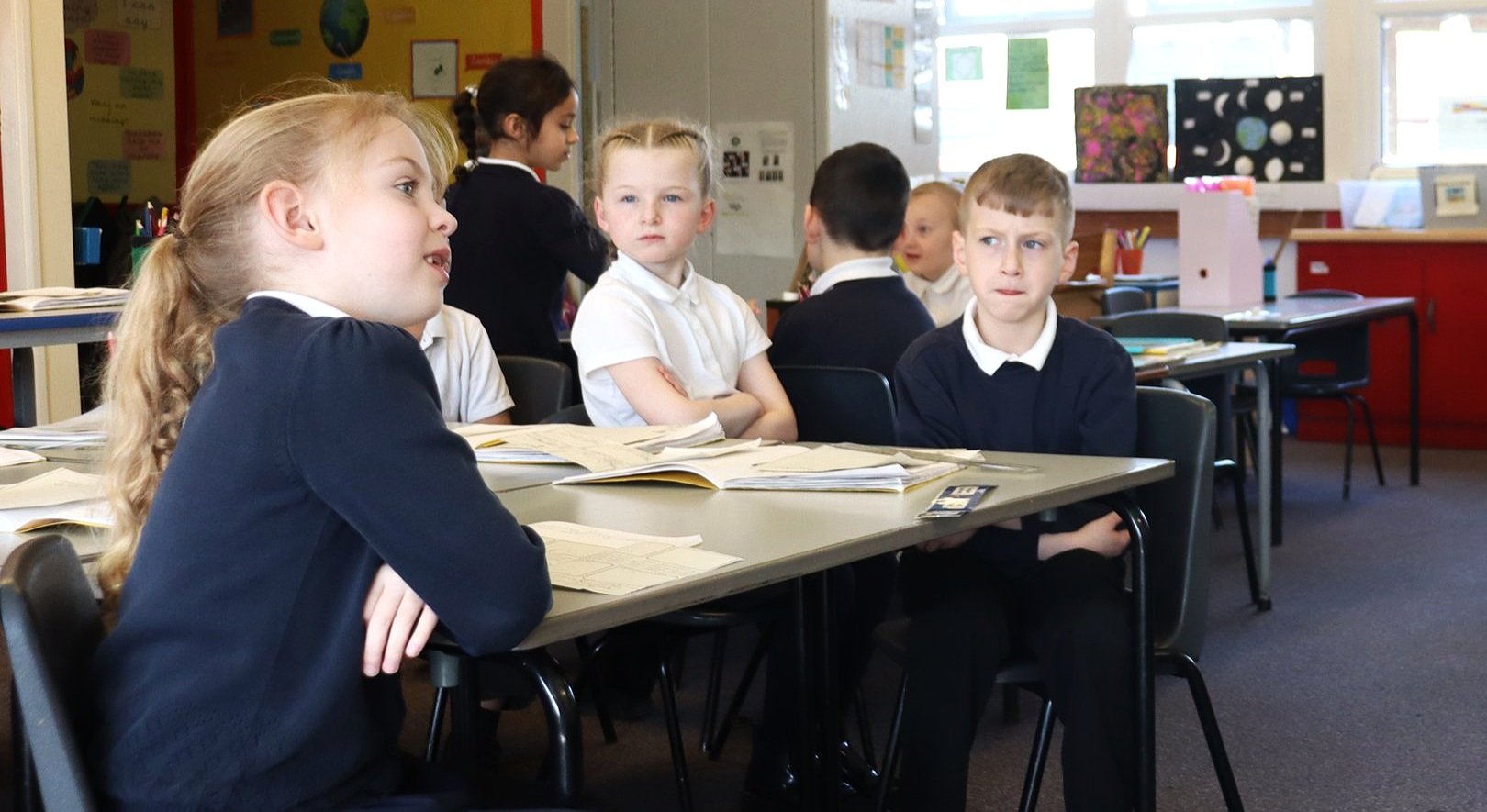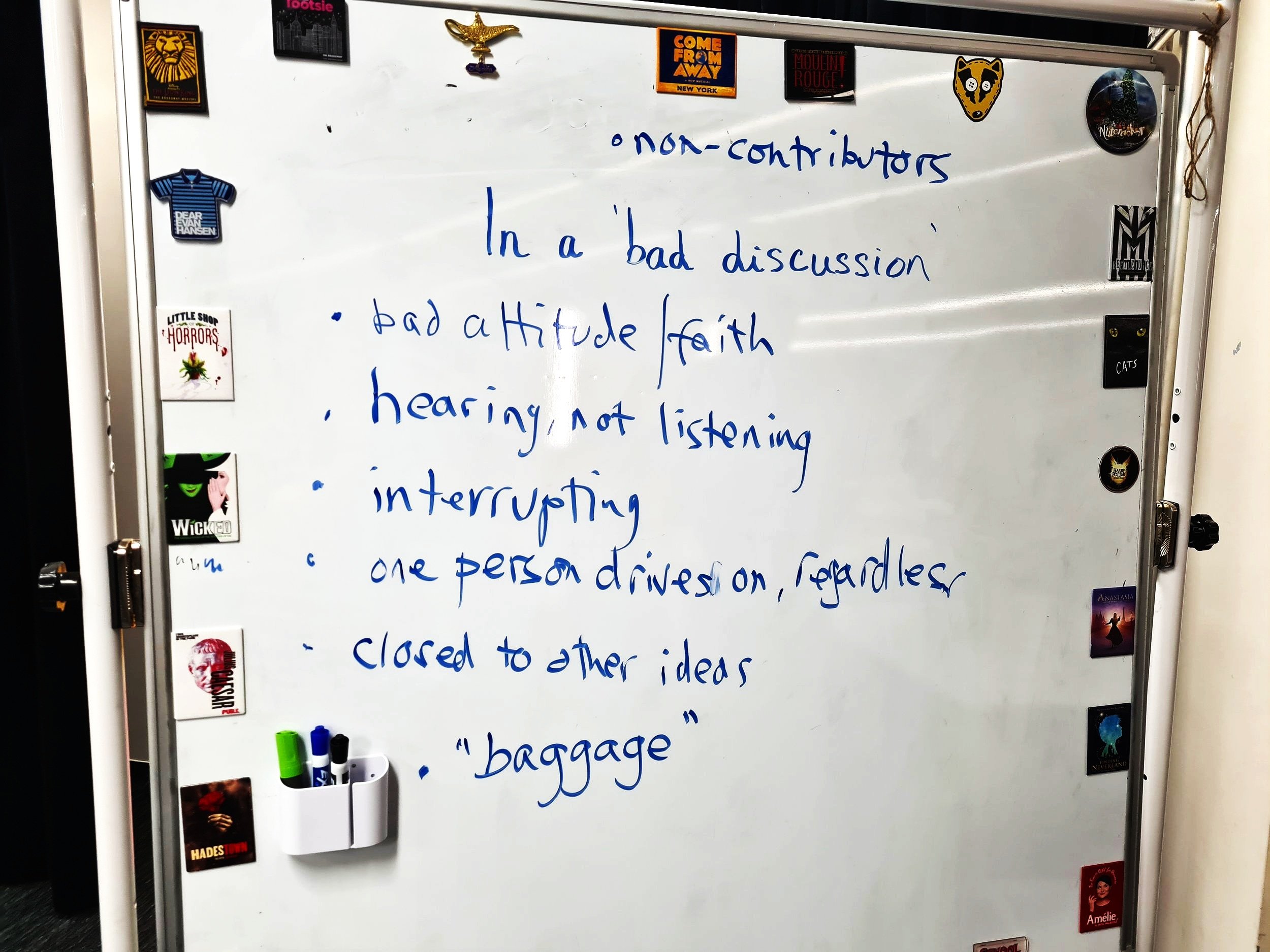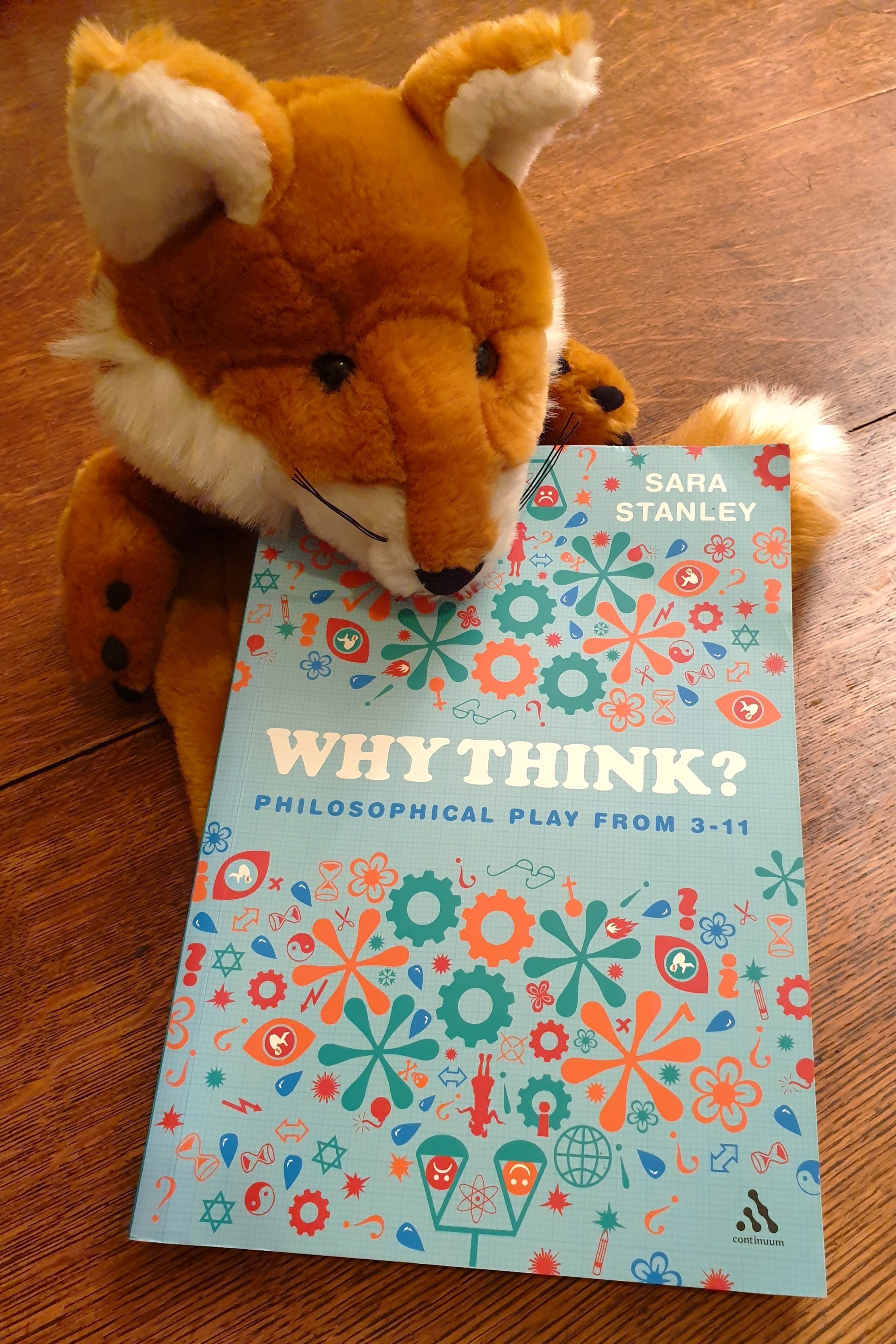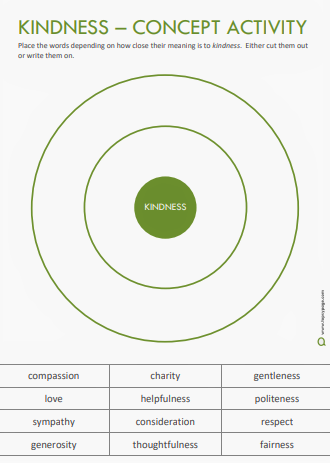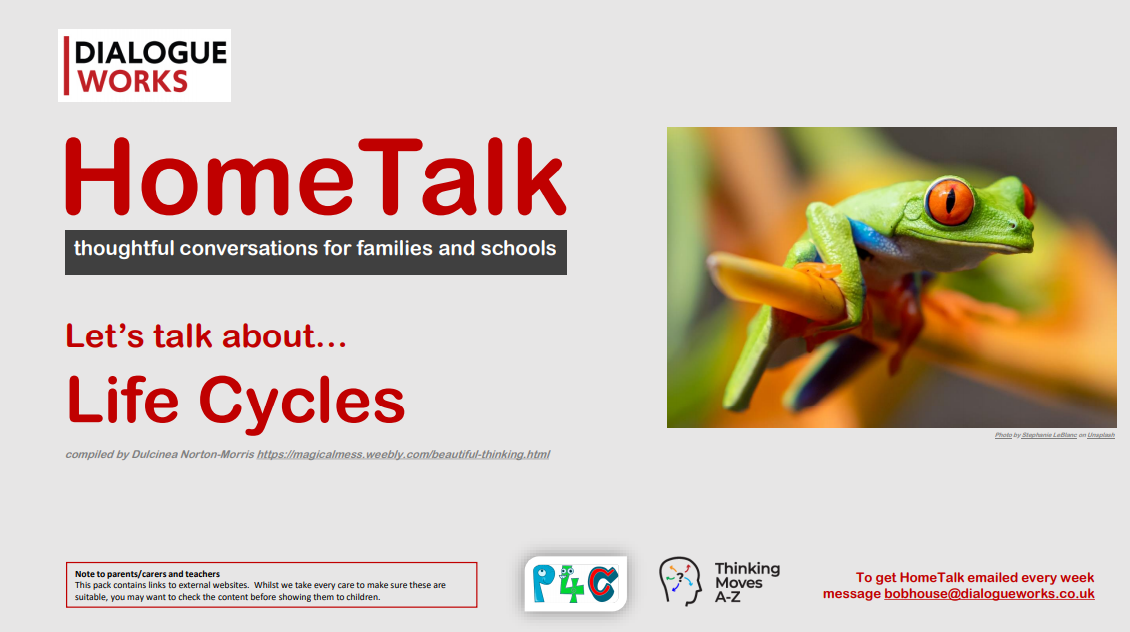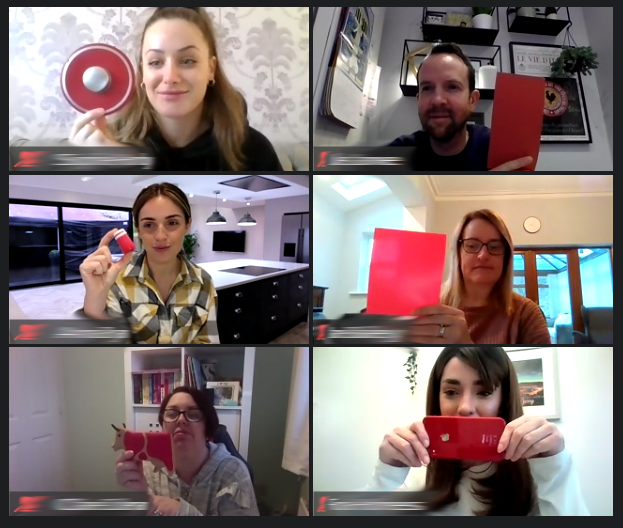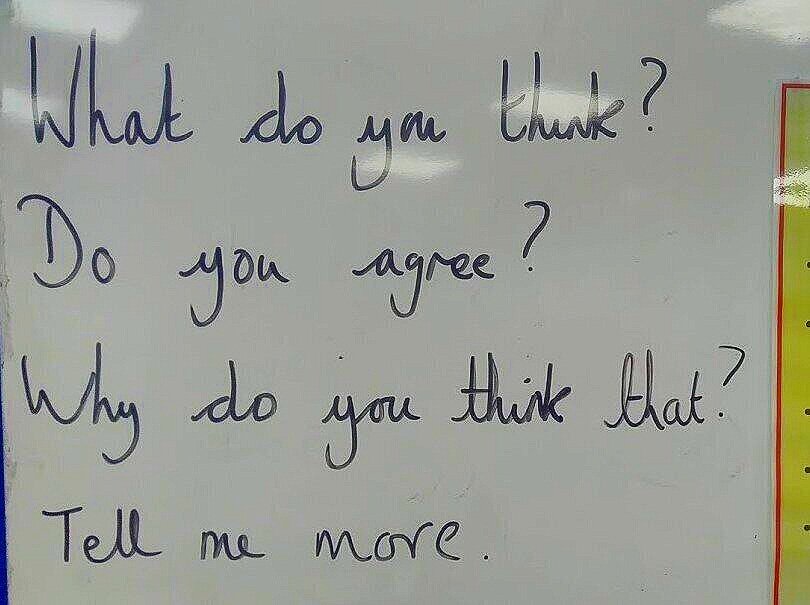
Establish ground rules for respectful communication – for example listening actively, turn-taking, and valuing different perspectives.
Arrange the furniture so that everyone can see and hear each other easily – circles work really well.
Give them something interesting, meaningful and relevant to talk about. For example, a big question or some talking points.
Tell participants that you want them to talk to each other, not to you. (You will ask questions at certain moments to deepen the dialogue.)
Provide talk prompts to support and encourage participants to build on each other’s points or challenge respectfully.
An opportunity to take your teaching to the next level
Statements to get your class thinking and talking in the lead-up to the holidays
Reminders from six-year-olds about some of the benefits of P4C
The advantages of getting students to pass the talk to each other
Full of practical ideas and lovely examples of children’s words; I recommend this book
Another simple way to increase interaction and develop pupil talk
A high-quality, easy-to-access resource that gets children talking
How dialogic pedagogy is relevant across the curriculum
If you’re not yet doing P4C – this video will convince you. If you are, it will convince you to do more.
The importance of modelling constructive talk.
“Dialogue allows participants to have thoughts they could not have had on their own…”
Game and Metcalfe 2009



